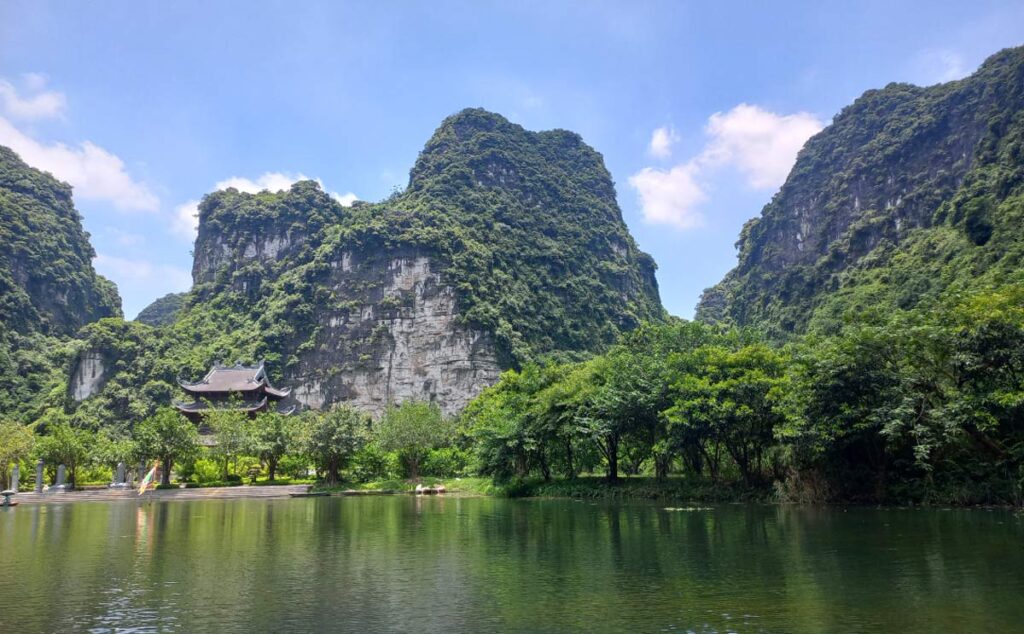Introduction
Vietnam, a stunning Southeast Asian country, has emerged as one of the most popular travel destinations in the world. Known for its rich cultural heritage, unique cuisine, natural wonders, and historical landmarks, Vietnam offers a diverse array of experiences for all types of travelers. Whether you’re an adventure enthusiast, history buff, foodie, or someone in search of serene retreats, Vietnam has something to enthrall and inspire.
Spanning from the emerald rice fields of the north to the bustling, vibrant cities of the south, Vietnam captivates with its charming cities, breathtaking landscapes, and warm hospitality. The country is a paradise for those who seek both cultural exploration and leisure, offering a dynamic blend of traditional and modern experiences.
This article lays out “19 Things to Do in Vietnam” and guides you through the destinations, activities, and experiences that make this country exceptional. From exploring the chaotic, colorful streets of Hanoi’s Old Quarter to cruising the iconic Halong Bay, you’ll discover why Vietnam is a must-visit destination. Let’s embark on this journey through the diverse offerings of Vietnam, providing inspiration for your next adventure.
1. Explore Hanoi’s Old Quarter
